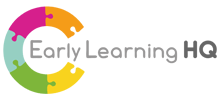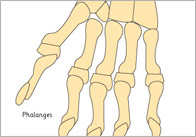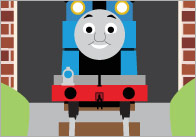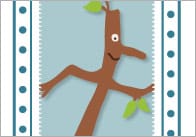Imaginary Leaps: Creative Play
Creative play
Imaginative play for young children is based on activities and objects familiar to them. Toys, stories and miniature versions of everyday things allow children to create their own worlds. They can play on their own, with an imaginary friend or with a group of “real” friends. During free play with objects and materials, a child uses a symbolic visual language (e.g. a stick for a sword) and creates play props to work out identity issues, essential for their future adult life.
Imaginary Leaps’ interactive theatre play sessions are based upon current understanding of creative learning in the Early Years Framework. Content of the sessions is informed by action research with young children and designed to stimulate confidence and creativity in young minds through play, develop imaginative activity and encourage expression using visual art and theatre techniques.
Creative play:
– takes children out of themselves to explore the world beyond what they are and what they know.
– encourages imagination and creativity; play develops abstract thinking, which goes beyond the here and now
– helps children to know themselves, others and relate to the universe they inhabit.
Working with themes of emotional intelligence, exciting learning journeys are taken with simple materials in child-led, free play. This facilitates young children and adults to access their creative imagination, using abstract objects and puppets as their key tool of exploration and communication.
Imaginary Leaps investigates new approaches to creative arts activities for Early Years, including:
– using puppetry and other art forms as an approach to creative learning with young children
– exploring what different materials could mean to different children, and how to transform everyday objects
– identifying how different creative techniques can be used to address different learning needs
– ideas for using materials, movement, storytelling, puppetry and other arts with families
– identifying learning outcomes of the Early Years Framework curriculum addressed through this creative approach
Engaging with the children and responding to their various different stages of development means acting and reacting on many levels during the storytelling and play. There are spontaneous and planned possibilities of engagement for each child’s needs. These are not always dependent on age which allows for a unique web of active learning to be created during each session.
This creative process is considered good practice for creating high quality experiential learning journeys for today’s Early Years. It uses an approach that follows the children’s interests as well as advocating learning through interaction with artists, their community and the environment. Creativity is important as a symbolic language to stimulate the imagination, the emotional intelligence and the expressive development of the very young.
Imaginary Leaps is an international working practice methodology with a creative open learning process, child-led, with active learning, often innovating original theatrical material through play with young children (under 5s). The sessions explore materials and objects, with music and movement, to stimulate imaginative play, engaging the children as participants and audience in a process of creating characters, stories and mini-worlds.
The methodology draws on over 15 years of creative practice as developed by Rachel Riggs, Artistic Director of DNA Visual Theatre & Puppetry Company, based in the UK. As part of her Early Years Professional status qualification, Rachel spent a year (2009-10) as Artist in Residence at Apple Tree Children’s Centre in Lancaster, UK, where she researched and developed open play activities.
Popular Teaching Resources
Stay Up To Date
Sign up for our newsletter and we’ll let you know when we create new early years resources.





